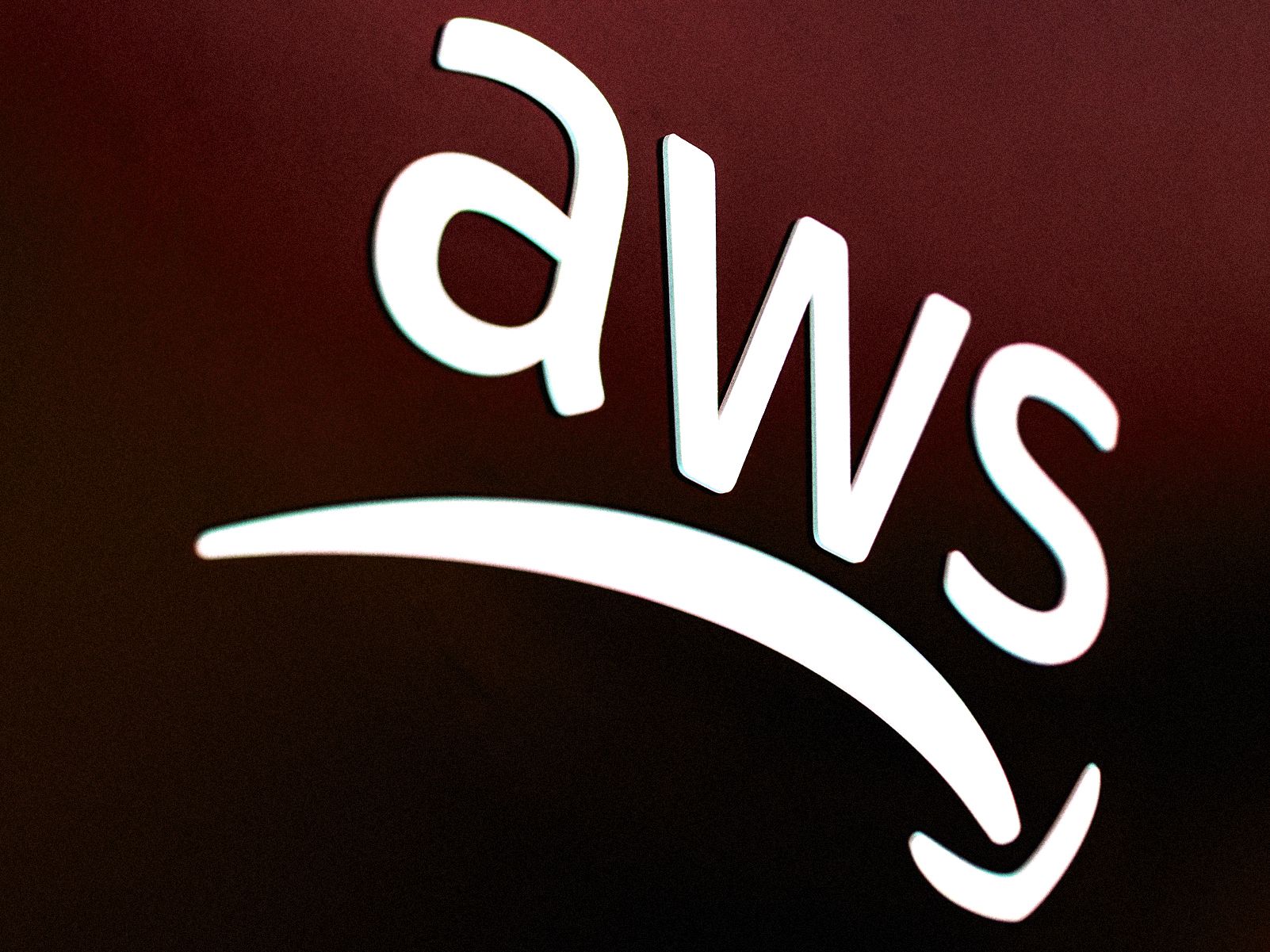When Abby Fagerlin tried logging into Canvas, a popular educational technology platform, to check on her assignments Monday morning, she couldn’t get in.
That meant the 19-year-old college sophomore, who is studying physics at Pasadena City College, was unable to access materials she needed for her three classes, which were hosted on or linked through the learning management system. After searching online, she realized the Amazon Web Services outage that crippled much of the internet Monday had also temporarily taken down Canvas.
Fagerlin also couldn’t be sure if she’d missed a message from her professors—some of whom she said communicated exclusively with their students through a messaging system hosted on Canvas. Going to talk to one of her professors to ask for physical materials from his class, meanwhile, posed a separate challenge.
“His office hours are [posted] on Canvas,” she said.
It wasn’t just Fagerlin having problems. More than a dozen students at colleges and universities across the country told WIRED the Canvas outage threw off their schedules, preventing them from not just submitting and viewing assignments but also from participating in class activities, contacting professors, and accessing the textbooks and other materials they need to study.
The hit to Amazon’s sprawling cloud computing services meant sites and platforms like WhatsApp, Venmo, ChatGPT, Roblox, Snapchat, Signal, and even some UK banks were inaccessible to some users Monday. The outage stemmed from AWS’s northern Virginia hub, called US-EAST-1. By Monday evening Eastern time, Amazon said all AWS services had been restored.
But the disruptions to students are a testament to just how popular Canvas is on college campuses—and how much of modern educational life is increasingly centered on a handful of educational technology platforms.
Canvas is one of the leading web-based learning management systems used by schools and universities across the country, competing with other platforms like Blackboard and Moodle. According to figures provided to WIRED by Brian Watkins, the director of communications at Instructure, the company that owns Canvas, half of college and university students across the US use Canvas, while 38 percent of K-12 students also use the software.
Watkins told WIRED in a statement that Instructure “recognize[s] the integral role Canvas plays in the daily lives of educators and students, serving as a central hub for teaching and learning, and we acknowledge the significant impact today’s Amazon Web Services (AWS) outage had on that experience.”
Both Canvas and Instructure posted the same statement Watkins provided to WIRED to their X accounts in the afternoon. The Canvas account was immediately flooded with replies from students concerned about tests, assignments, and essays. (“canvas.. we need to have a LONG talk. i spent 50 minutes on my midterm, for you to shut down when i was gonna submit it.. if it didnt submit im gonna get 50% taken off..” one user wrote.)
Many of the students who spoke to WIRED were feeling the same panic—especially given how crucial the Canvas platform is to their college experience. Canvas isn’t just a place to submit assignments or read supplemental materials: It was designed as a hub for the educational experience, collating a host of other technologies like Google Docs, Zoom, and Turnitin, a plagiarism checker, into its central feed. Fagerlin said even her fun extracurriculars, like a pickleball class, use Canvas to take attendance and allow participants to communicate.
While digital-only textbooks have become increasingly popular in recent years, some students were cut off from those, too, unable to access the online services that host textbooks linked through Canvas. “We don’t have any physical books,” Ekagara Gupta, a 22-year-old computer science major at Arizona State University, told WIRED. “Some courses list optional physical copies, but almost no one buys them since everything we need for exams and assignments is already on Canvas.”
Watkins did not respond to a specific question about whether or not Instructure is exploring options to let students access materials offline in the event of other outages or similar issues.
Canvas was first launched in 2011 and grew quickly; according to Instructure, it’s used by over 30 million students at over 6,000 institutions around the world. The platform’s success was partially driven by the spike in remote learning in response to Covid-19, according to a podcast interview featuring two executives from Thoma Bravo, a private equity firm that acquired Instructure in 2020 for $2 billion; in 2024, Thoma Bravo sold Instructure for $4.8 billion.
As their access was restored Monday evening, some reflected on just how centralized their experience is around the platform.
Fagerlin said that she usually loves Canvas and appreciates having everything streamlined in one place. “The downside, which I never even thought of happening, is if it’s down, you don’t have anything to work with.”




